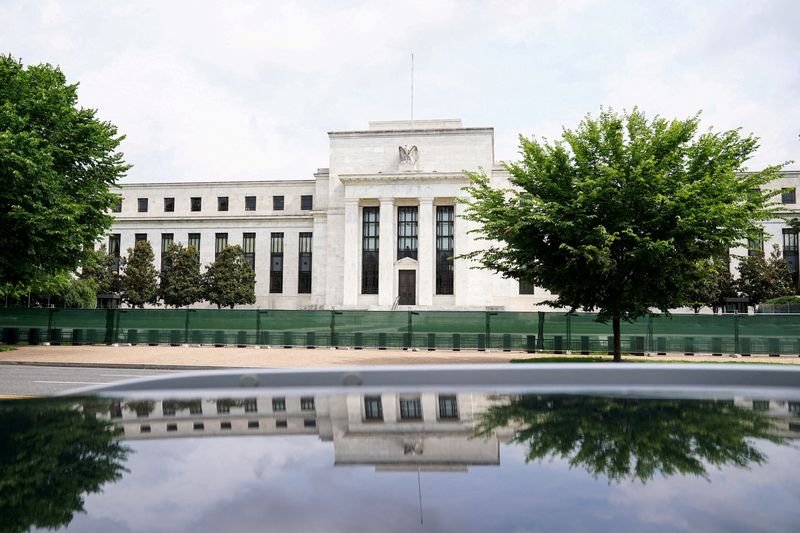Fed Minutes Indicate Limited Backing for Upcoming Rate Cut
Recent discussions from the Federal Reserve reveal a modest consensus regarding a potential interest rate cut this month. The minutes from the last monetary policy meeting, which concluded on September 20, highlight various viewpoints among officials, illustrating a complex landscape as they consider the economic implications of their next steps.
Overview of Recent Economic Trends
In August, inflation saw a slight uptick, with the Consumer Price Index (CPI) recording an increase of 3.7% year-over-year. This data has triggered a cautious examination of the economic environment. Fed officials are now strategizing how to balance the necessity of fostering economic growth with the imperative of controlling inflation.
Despite the rise in prices, there remains an overarching sense of uncertainty among Fed members regarding the timing and necessity of a rate cut. While some officials argue for a reduction to stimulate spending and investment, others caution against acting too quickly in light of inflationary pressures.
Key Opinions from Federal Reserve Officials
The minutes presented a mixed bag of perspectives. Certain officials emphasized the importance of continuing to monitor inflation trends before committing to a rate change. They believe it’s crucial to ensure that inflation is on a clear downward trajectory, rather than rushing into a decision that could undermine economic stability.
Conversely, others advocate for a more aggressive approach in response to sluggish growth in the labor market and consumer spending. This perspective underscores the dual challenge the Federal Reserve faces: stimulating growth while ensuring that inflation targets are met.
Inflation and Its Impact on Monetary Policy
The ongoing inflationary trends remain a critical factor in shaping monetary policy. In light of recent data, Fed officials are more focused than ever on how price stability affects consumer confidence and spending. Many believe that maintaining a cautious approach is necessary to avoid a potential economic downturn.
The impact of inflation on consumer behavior can’t be understated. As prices rise, individuals filter their spending decisions, which could lead to decreased overall economic activity. Therefore, officials are weighing options carefully to navigate this complex economic terrain.
Labor Market Dynamics
The labor market continues to be a focal point for Fed analysis. Employment rates have generally displayed resilience, but subtle signs of weakness exist. Slower job growth may induce the Federal Reserve to consider more accommodative monetary policies to support employment.
Labor market conditions often serve as a barometer for overall economic health. When the job market is robust, consumer confidence tends to rise, fueling spending. However, if job growth stagnates, it could signal a need for the Fed to pivot its strategies toward rate cuts to stimulate demand.
Future Considerations for Interest Rate Decisions
As the Federal Reserve prepares for its next meeting, officials are expected to analyze incoming economic data carefully. This analysis will include insights from upcoming inflation reports, labor statistics, and broader economic trends. It is essential for the Federal Reserve to remain flexible and responsive to changing conditions.
While a portion of policymakers leans toward a rate cut, the prevailing sentiment is one of cautious optimism. They are likely to continue evaluating the necessity of such a move, depending on how economic indicators evolve in the coming weeks.
Stakeholder Reactions
Market participants are closely monitoring these developments, as expectations around interest rate decisions influence financial markets. Investors tend to adjust their strategies in anticipation of potential shifts in monetary policy, which can lead to increased market volatility.
Understanding the reactions of various stakeholders is crucial for the Federal Reserve. Clear communication and transparency regarding their approach will be vital in managing market expectations and maintaining confidence in their decision-making process.
Conclusion
The upcoming Federal Reserve decisions will hinge on a careful analysis of current economic conditions. The balance between fostering growth and controlling inflation presents a unique challenge. As circumstances evolve, Fed officials will continue to weigh the merits of a rate cut against the potential risks that accompany such a decision.
